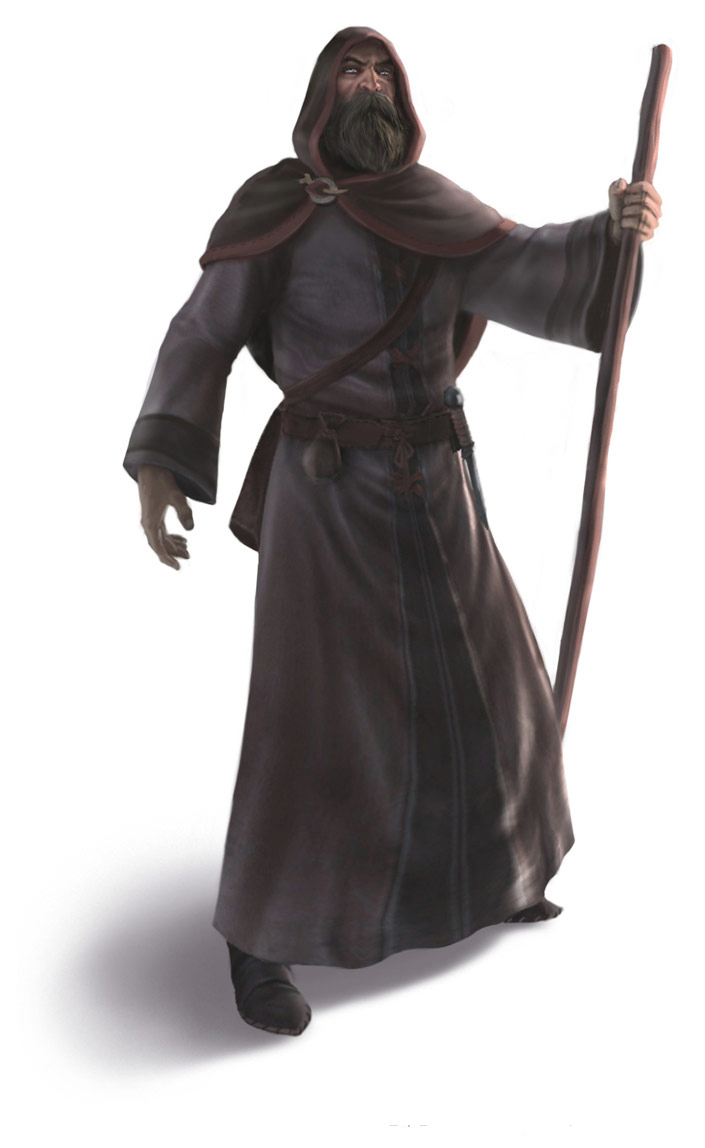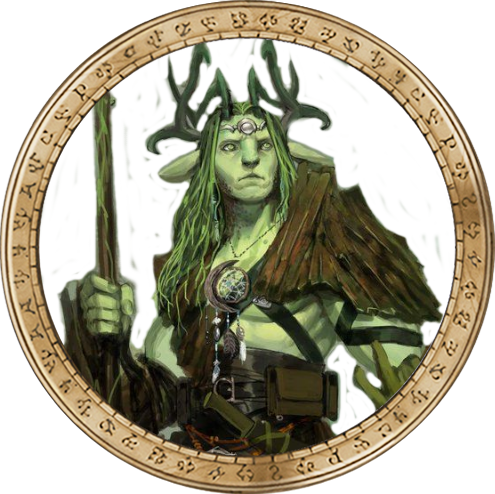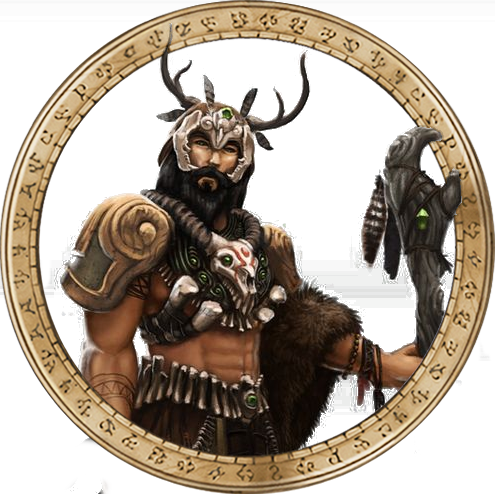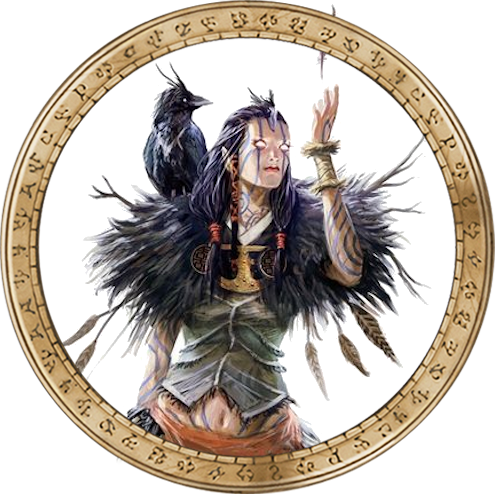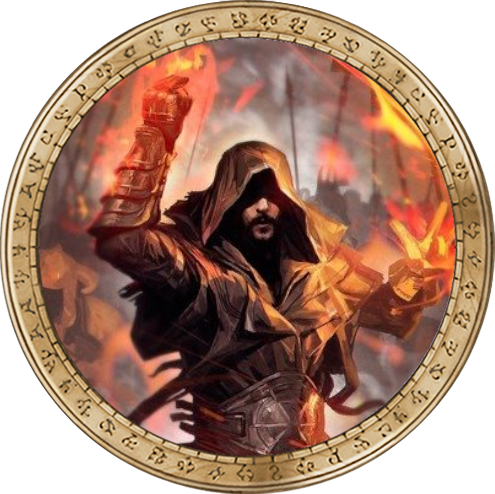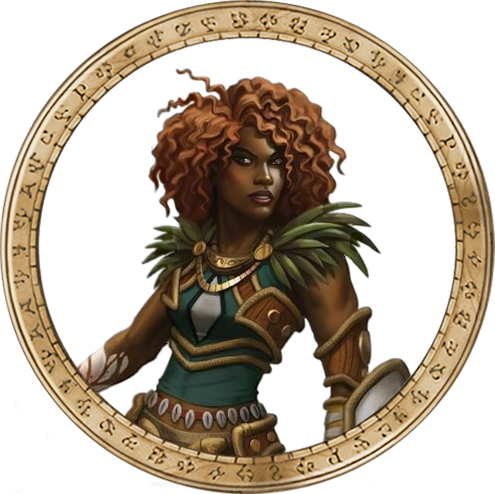Wild Companion - (enhances Wild Shape)
You gain the ability to summon a spirit that assumes an animal form: as an action, you can expend a use of
your Wild Shape feature to cast the find familiar spell, without material components.
When you cast the spell in this way, the familiar is a fey instead of a beast, and the familiar
disappears after a number of hours equal to half your druid level.
Circle of the Land - Alternate Circle Spells
Coast :
- 5 - call lightning, water breathing
Wild Shifter - (alternative Wild Shape)
Shifter druids can transform into small animals we call scout forms, and powerful combat-ready predators
we call beast forms. Transforming from humanoid into beast or scout form requires an action. A druid in
scout form must transform back into humanoid form before shifting to beast form.
A druid can shapechange into scout or beast form a number of times per day equal to his proficiency
bonus. Druids from the circle of the moon may shift into scout form a number of extra times equal to
his wisdom modifier.
Scout Form
Scout forms are that of normal animals such as bobcats, coyotes, owls, lizards, dire rats, giant spiders,
and so on. Most scout forms are smaller than a humanoid body, mostly because the magic of transforming
into a scout form is related to stealth, not combat power.
You’re a magical animal, in touch with the flow of life and mana through the world. As long as your
focus is survival—meaning staying clear of trouble—you shouldn’t have any problem slipping through the world.
Becoming a small animal isn’t a perfect translation of self.
Your humanoid brain doesn’t work the same when you’ve shifted into scout form. You don’t talk.
You can’t cast spells. Your magical items and possessions change shape with you, but you don’t get
to use them in scout form. You maintain your identity and know who your allies are, but you’re as
much an animal as a person while in the form.
The scout form isn’t designed to fight, not against the type of enemies
that heroes engage. Taking damage while in scout form transforms the druid
back into humanoid form.
Beast Form
You leave your humanoid form behind and assume the form of a deadly predator such as a wolf, panther,
tiger, bear, wolverine, lion, or more exotic options. The choice of what type of animal you become is up
to you. You cannot choose creatures with supernatural abilities or the ability to fly.
You gain the following statistics while in beast form :
| Druid Level | Size | STR | DEX | CON | AC | HPs | Attk | Dmg |
|---|
| 2 | M | 14 (+2) | 12 (+1) | 12 (+1) | 10 | 3d8 +3 | +4 | 1d6+2 |
|---|
| 4 | M | 16 (+3) | 14 (+2) | 14 (+2) | 12 | 3d10 +6 | +5 | 1d6+4 |
|---|
| 8 | M | 16 (+3) | 15 (+2) | 16 (+3) | 14 | 4d10+12 | +5 | 1d8+4 |
|---|
| Circle of the Moon | Size | STR | DEX | CON | AC | HPs | Attk | Dmg |
|---|
| 2 | M | 16 (+3) | 15 (+2) | 16 (+3) | 14 | 4d10+12 | +5 | 1d8+4 |
|---|
| 6 | L | 16 (+3) | 14 (+2) | 16 (+3) | 14 | 5d10+15 | +5 | 2d6+2 |
|---|
| 9 | L | 18 (+4) | 12 (+1) | 17 (+3) | 14 | 7d10+24 | +6 | 2d8+2 |
|---|
| 12 | L | 20 (+5) | 10 (0) | 17 (+3) | 14 | 8d12+24 | +8 | 3d8+5 |
|---|
| 15 | H | 22 (+6) | 10 (0) | 18 (+4) | 14 | 9d12+27 | +8 | 3d10+5 |
|---|
| 18 | H | 24 (+7) | 10 (0) | 20 (+5) | 14 | 11d12+55 | +10 | 4d8+7 |
|---|
Besides, you may choose one beast aspect of the following list :
- Bear Aspect : You gain 1 HD of temporary Hit Points.
- Leopard Aspect : When an enemy misses you, you may use your reaction to attack it.
- Turtle Aspect : You gain a +2 bonus to AC.
- Tiger Aspect : Escalate your damage dice down, you may use your bonus action to attack a second time.
- Wolverine Aspect : Whenever you hit an enemy that is already wounded, you cause an extra 1d6 damage.
Starting at 8th level, you may pick a form that's 2 "ranks" lower for one of the following aspects :
- Eagle Aspect : Fly
- Scorpion Aspect : Poison (4d8 damage) DC 14
- Behemot Aspect : Every time you fail a save on battle, you may use one of your HDs to either heal,
gain advantage on your next attack, or reroll the save with disadvantage.
- Owlbear Aspect : Escalate your damage dice.
